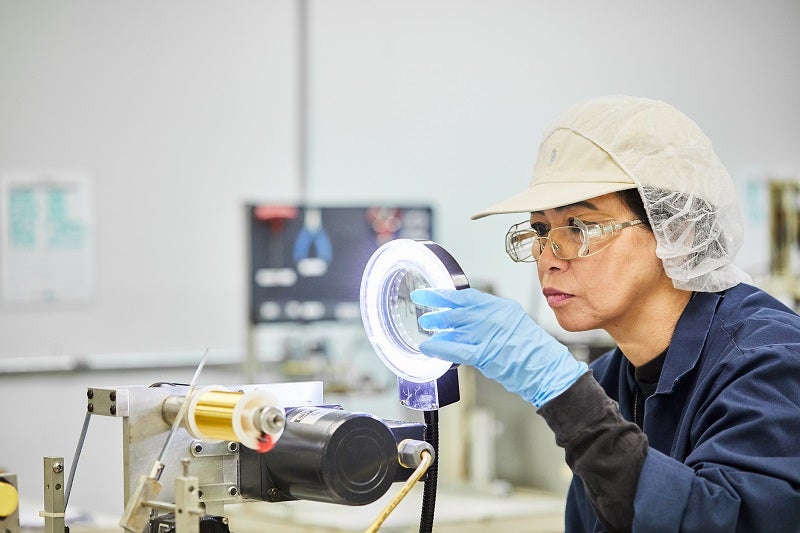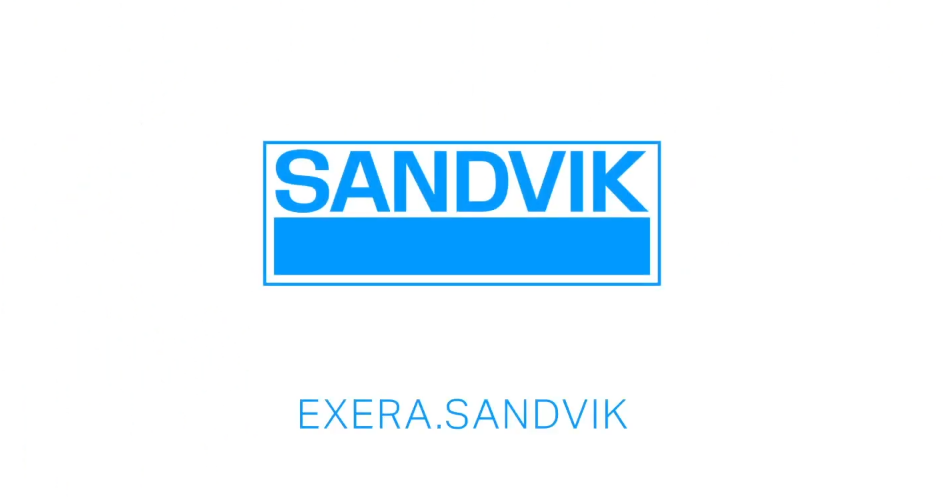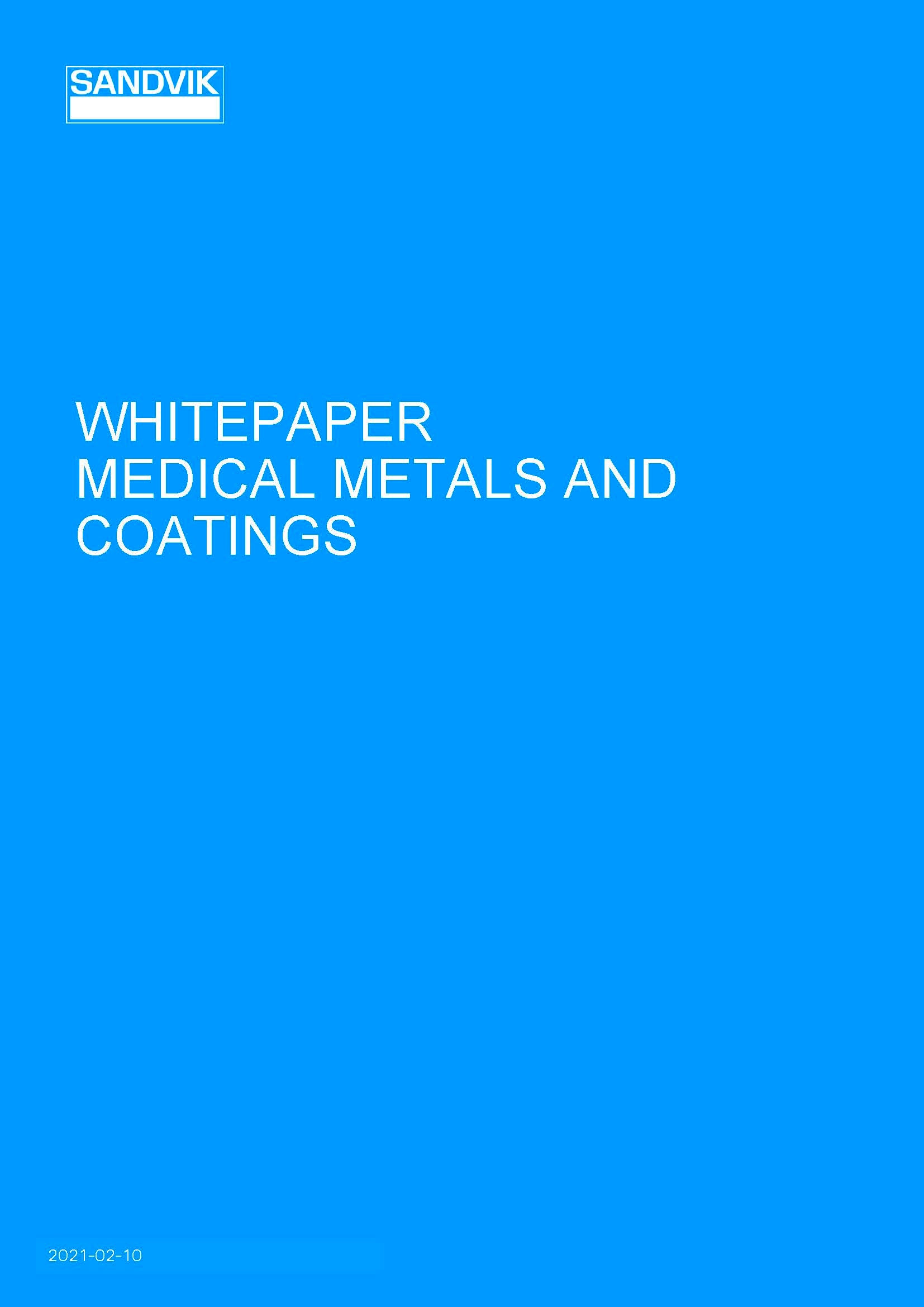
One of the advantages of a creative partnership with Sandvik is working with its small teams of experts at different process stages of customised precision wire manufacturing. At the company’s Palm Coast production unit, a team of operators specialising in surface treatments, including coating, annealing and electroplating, as well as wire drawing, work with customers to manufacture medical wire components that are perfectly calibrated for the application.
Medical-device technology spoke with Corey Latham, manufacturing engineer for Sandvik, about how operators are working to optimise the performance of wire components.
“Day to day, operators in our shop perform a couple of different operations. We do wire coating here, with some polymer-based coatings, PTFE coatings, as well as some other dispersions that we work with, and those are applied via a variety of specialized coating techniques, suited to meet our very customer-specific product applications. Our operators are also taking wire and not only applying a coating to them but also making them smaller in what we call our wire drawing operation. So they’ll take a larger cross-section of material and draw that through a series of diamond dies to make the material smaller depending upon the wire’s size per customer specifications.
“The majority of our operators are doing one of those two operations each day. We also have some ancillary operations here in the shop that our operators carry out. One of those operations is called annealing, which is basically running a strand of wire or multiple strands of wire simultaneously through an oven, and this oven is at elevated temperatures, depending upon the alloy that we’re working with at that time. It’s also an inert environment, which means there’s no oxygen present in the annealing operation, and we make an inert environment by using a blanket gas that removes all of the oxygen from the atmosphere. That blanket gas can be hydrogen, in most cases, and we use some inert gases such as Argon and Nitrogen, and the purpose of that blanket gas is to make sure that the material does not oxidise during this annealing operation.
“We also have the capability to electroplate precious metals or nickel onto many of the substrates that we use here in the shop. We have built our own reel-to-reel plating lines, and the majority of the work that we do in our plating shop is applying gold to the surface of many of our products. The purpose of this gold application is to protect the wire that’s underneath this gold plating so that it doesn’t corrode or oxidise when it’s being used in the customer’s application.”
Working with more than 200 alloys, and specialising in choosing the best materials and configurations, the Exera brand of medical wire-based components and coatings are used for a variety of applications, including vascular therapy, sensing and neurostimulation. So far, they have been used for devices such as cochlear implants, pacemaker leads, catheters and guidewires.
For more information about Sandvik Material Technology’s surface treatments, such as anodising, coating, plating and electropolishing, as well as a list of the extensive range of materials that the company works with, visit their website.



